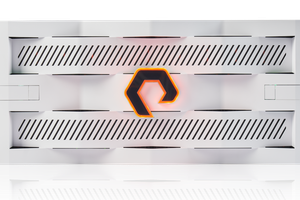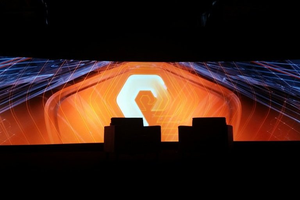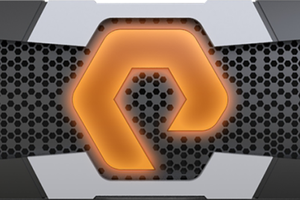Pure Storage Launches FlashBlade//S

Disclosure: Pure Storage is a PivotNine client.
Pure asked me to write some pieces on the trajectory of FlashBlade recently, which gave me a chance to review the product line in a bit more detail. Given what we saw with FlashArray, it wasn't much of a surprise to see the extension of the FlashBlade product line.
Some people want more capacity and others want more performance, but they want it for file and object not for block protocols. It was pretty obvious to me that FlashBlade would copy the same approach as the FlashArray//X and //C. There are lots of people doing analytics on big datasets now and they want to put it somewhere faster than disk.
The added flexibility of the new blade and Direct Flash Module architecture makes it easier to mix-and-match capacity and performance. There are some constraints in order to keep reliability and performance high, but it will help Pure to provide a closer match to varying customer needs.
Some of those who previously looked at FlashBlade decided against it because it lacked either performance or capacity. These new FlashBlade options increase the addressable market for Pure at both the top end and the low end of the existing FlashBlade market. It should drive increased initial sales for Pure.
There's a tricky tradeoff here between providing enough flexibility and not overwhelming customers with too many options. I think Pure has made a pretty good first go of it.
I think the flexibility post-purchase is probably even more important for Pure's future success. Enterprise customers are making significant investments, so if you can reduce the cost of mistakes, customers don't have to spend so much time worrying they might get it wrong.
I'm particularly interested in how this modular drive/DFM approach will be adopted across the portfolio. If you can move DFMs between FlashArray and FlashBlade, this will move Pure towards an even greater disaggregation of compute from storage. I think this is a smart move, because it opens up more potential for Pure Storage to function as a storage service with different functions depending on what a customer is doing.
It's really hard to figure out what your storage capacity and performance needs will be in 18 months' time. If you know you can change your mind with minimal hassle, you can buy what you need when you need it. That reduces the likelihood that customers will find it cheaper to switch storage vendor than to just change the configuration of their Pure fleet. Cannibalising your own sales is better than losing sales to a competitor.
Pure is bringing the cloud model for storage on-site, and aligning it nicely across their portfolio with Pure Evergreen and Pure1/Pure Fusion. This cross-portfolio compatibility demonstrates a new maturity from Pure, and a move away from a product-centric view of the world to a more customer-centric view.
FlashBlade-as-a-Service?
I'd like to see Pure bring out a FlashBlade version of Cloud Block Store. This would help customers to take FlashBlade for a test-drive and get familiar with how to operate it on a test workload. If you're spinning up a quick test of a GPU- or TPU-heavy process, why buy a bunch of hard-to-find GPUs you may not need in a month?
Cloud is great for experiments that you can quickly turn off. That's the best bit, in my opinion. It's a lot easier than trying to sell or repurpose a bunch of now secondhand hardware. Save buying the gear for when your experiment succeeds and renting infrastructure at spot prices for a static workload is too expensive. Then it's about operational costs, not infrastructure acquisition costs, and you have to do that anyway regardless of whether it's in the cloud or not. Cloud might still make sense, in which case: great!
It's all about filling in the gaps where customers want Pure to be. Pure isn't a startup any more, so they can't be a single-product company. They need to offer a range of options to suit what customers want to do, and those options need to work both with each other, and with the myriad of other systems that enterprises have and use. They need to be different from each other, but still inherently Pure systems.
This show indicates to me that Pure is really starting to understand how to achieve this delicate balance. I hope to see a lot more of it in future.


